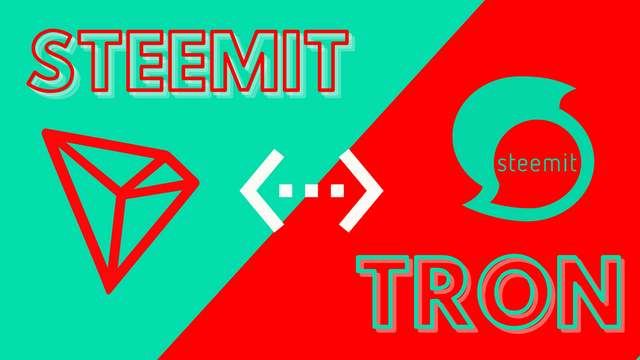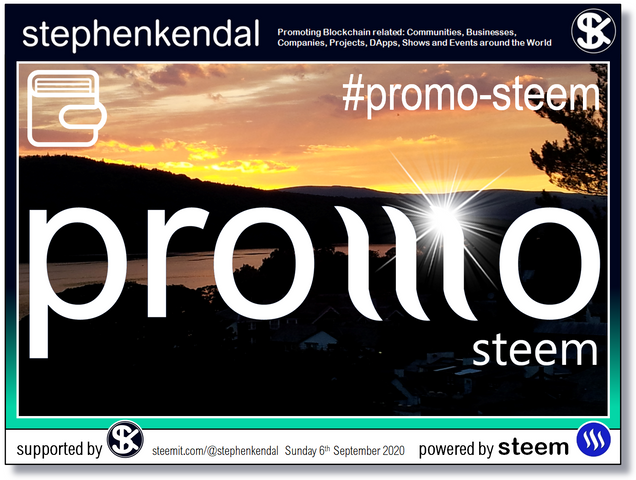Understanding Tron DeFi Ecosystem Part 2:
Comparing and discussing modern mortgages and mortgage trading exchanges to achieve better understanding of DeFi
A Credit Debt Facility
A DeFi credit debt facility facilitates commercial financial transactions like a bank. A bank facilitates transactions where physical or digital fiat currency is used to purchase physical assets or paper representing physical assets.
In fact there is an entire financial trading sector called Commercial Paper Trading or Commercial Paper Exchanges where paper representing physical assists is traded to make money on arbitrage, meaning small differences in price or interest rates which yield profits.
For example
Traders on these commercial exchanges buy and sell 30 year mortgages. The mortgages are paper, which represents a debt, secured by an asset.
You take out a loan to buy a house. That house is a physical or hard asset. The mortgage is a paper which represents the debt, which is secured by the house. The mortgage holder also controls the title or deed to the home. The title or deed conveys ownership and control of the home, which is the asset being traded.
The mortgage is for a debt of 80,000 fiat currency units, like US Dollars, which was used to buy a house, which could be worth 100,000 fiat currency units called US Dollars. It has an interest rate of for example of 10%. But over 30 years it will pay the holder or owner of the mortgage 160,000 fiat currency units or US Dollars.
Because the $80,000 dollar mortgage will pay $160,000 to the owner or holder of the mortgage over time, it can be sold on a commercial paper exchange for more then its $80,000 dollar value. On a low risk commercial paper exchange it might be sold from 80,000 to 100,000 with the cap being the current value of the asset. But on a high risk commercial exchange it might be sold for between 80,000 to 160,000, the cap here is the full value of the mortgage payments over 30 years.
When you look at a DeFi credit debt facility, you should think of them like a bank for cryptocurrency token assets. It’s like you took your house you bought with cash to the bank, and put it in the bank vault. Once you deposited the house in the vault the bank gave you the a paper saying whoever holds this paper owns the house in their vault and controls it. It is commonly called a Title or Deed.
If you want to, you can now borrow money from the bank, using the title as a paper representation of your ownership and control over the asset or house. The bank will have you sign a special paper called a mortgage and attach the title to their copy of the mortgage and give you a signed copy of the mortgage. This mortgage is commonly called a home loan. Now as we said above the bank will receive loan payments from you for 30 years. The bank can also sell this mortgage on a secondary market called a commercial paper trading exchange.
DeFi credit-debt-facilities are like banks, Tokens are like houses and CDP are like mortgages.
In DeFi you can take your cryptocurrency assets to the DeFi equivalent of a bank called a Credit-Debt-Facility and deposit them there. For example the MakerDao is a bank or Credit Debt Facility on the Ethereum blockchain. You can deposit the native Token of the Ethereum blockchain there. In return for your deposit, they will given you ERC20 Tokens.
These tokens are not paper, like a title or deed you use to prove ownership or control of your house. These ERC20 tokens are digital representations of ownership and control over your asset, the Ethereum Tokens.
Now just like you can borrow money from your bank using the title or deed of your home, you can borrow money from a Credit-Debt-Facility using your ERC20 Tokens.
When you borrow money from a bank, they make you sign a paper agreement called a mortgage and the home title or deed is attached to it. When you borrow money from a Credit Debt Facility you digitally sign an agreement called a Collateralized Debt Product or CDP for short. Just like the bank keeps your title and signed mortgage, the credit debt facility keeps your digitally signed CDP agreement and your ERC20 tokens are attached to it.
Let’s Review:
Assets equals home or native Token like Ethereum for the Ethereum blockchain, which the bank or credit debt facility on the Ethereum blockchain called the MakerDao accepts as deposits.
Home title or deed equals ERC20 tokens, and they convey ownership or control over the asset, which is a home or your Ethereum tokens.
A mortgage is the loan agreement you sign, when you use the asset called a home for security for a loan. A CDP or Collateralized Debt Product is the loan agreement you sign when you use your asset called Ethereum as security for a loan.
A commercial mortgage paper exchange is where traders buy and sell mortgages, which represent underlying home loans and titles.
A cryptocurrency ERC20 or TRC20 token exchange is where traders buy and sell tokens which represent title, ownership and control of underlying Token assets like Ethereum or Tron.
Liquidity Pools
A cryptocurrency exchange is said to be liquid , when first there are a lot of tokens for sale and the difference between what sellers want, the ASK or Selling price, is close to the BID or buying price that buyers want to pay. And second there are plenty of transactions, representing buys and sells.
People who deposit tokens at a trading exchange allow the market maker or exchange owner to use their coins to create buys and sells, thus provide liquidity, and in return you get a percentage of the transaction fees and your coins can always be withdrawn. These fees are paid usually in the exchange token.
what does it mean for Steemit and Steem
The partnership between Steem and Just means we will have access to this DeFi ecosystem which is developing rapidly before our eyes as the code descendants of highly successful Ethereum projects are born on the Tron blockchain and the financial tools on Ethereum become available on Tron. DeFi is risky, but using code which has been used for billions of transactions and presumably attached by many hackers and modified and improved by many developers, suggests the code is safe.
The explosion of transactions, reaching one billion is 14 days on Just Swap and the statement per Tron CEO Justin Sun that Tron blockchain is 200 times faster and 100 times cheaper then Ethereum blockchain is no doubtedly a factor.
The future approaches rapidly, stay informed and seek to understand, as do I.


Here's a small tip 👍🏾 @tipu curate
Upvoted 👌 (Mana: 4/6) Passive income with @tipU :)
Thank you
Thank you
No problem 👍🏾
I created a logo but I can't communicate with you in any way. Share your Discord username
Hello
It’s shortsegments#8903
Hi
I sent you payment for the logo in Steem.
Check your wallet.
@shortsegments
This is amazing analogy. Thank you.
Thank you
!shop
Thank you
你好鸭,shortsegments!
@eii给您叫了一份外卖!
小笼包

吃饱了吗?跟我猜拳吧! 石头,剪刀,布~
如果您对我的服务满意,请不要吝啬您的点赞~
Paper
You lose! 你输了!乖乖的给我点赞吧!